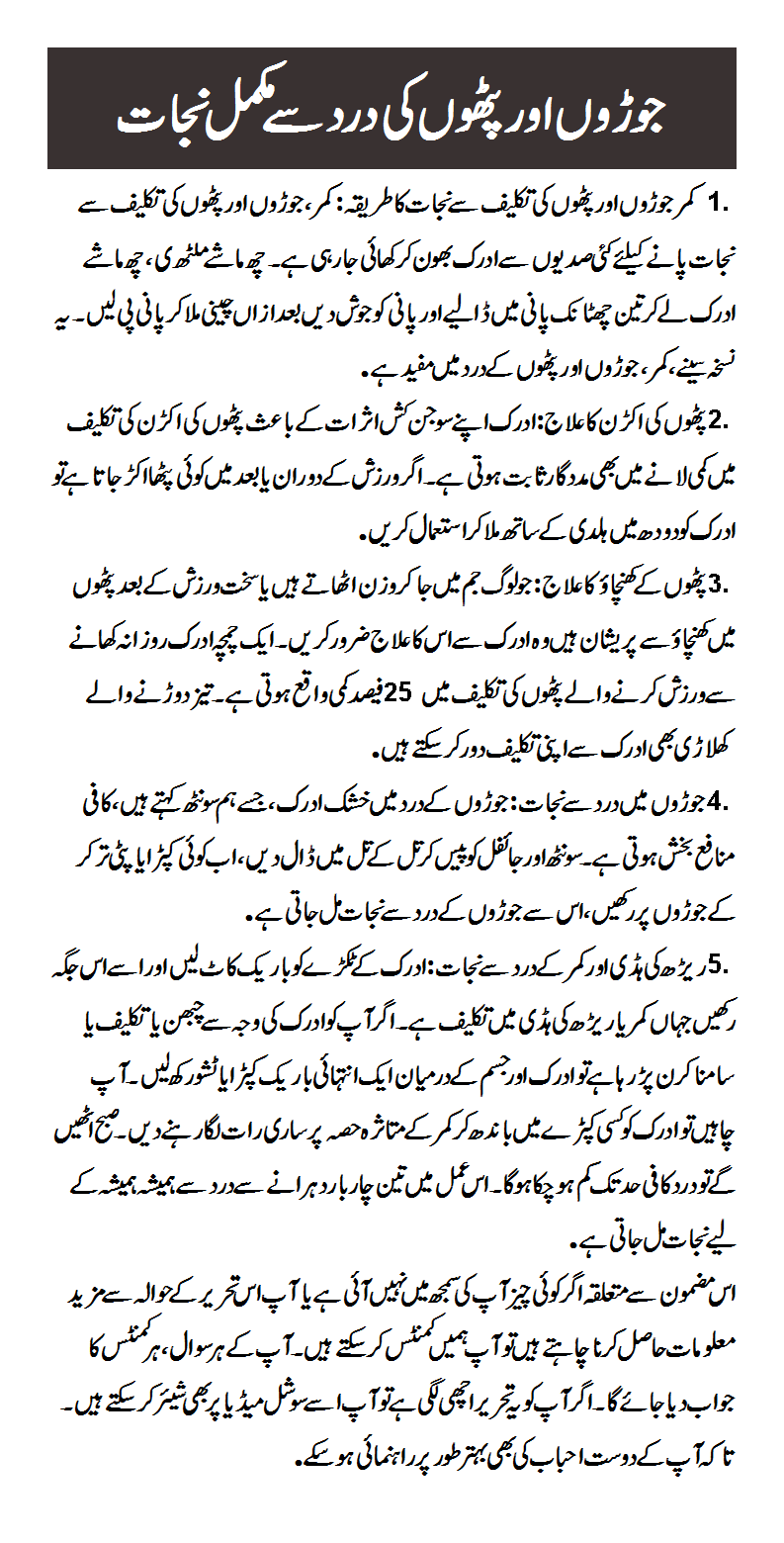London: Osteoarthritis occurs when the cartilage that protects our joints breaks down. The body’s attempts to repair the damage can make it worse, as the synovium the capsule containing the joint thickens and produces more lubricating synovial fluid, in turn causing inflammation.As part of this attempt at repair, extra bone may grow at the joint’s edge, distorting it. The result: stiffness and pain.
In the UK, an estimated nine million people have osteoarthritis, which most commonly hits the joints that take the most strain more than two million over-45s have it in their hips, and five million in their knees but it can affect any joint, from the fingers to the toes.
Age-related ‘wear and tear’ is clearly a factor, but the exact cause of osteoarthritis remains unclear. Injuries may play a part, and there is evidence the condition is inherited. Women suffer more than men, thought to be due to the drop in estrogen during menopause.
While not many of us punish our joints in quite the same way as Andy Murray, punish them we do — being overweight increases the risk of arthritis by at least four times.
Every additional pound of weight increases the load on each knee by four pounds, with every step wearing down the cartilage. There is also evidence that fat cells release chemicals that cause inflammation.
And sedentary lifestyles don’t help, as a lack of exercise weakens the muscles and ligaments that support joints. The good news is that, although there is no cure for osteoarthritis, there is much that can combat it — and the pain it causes.
